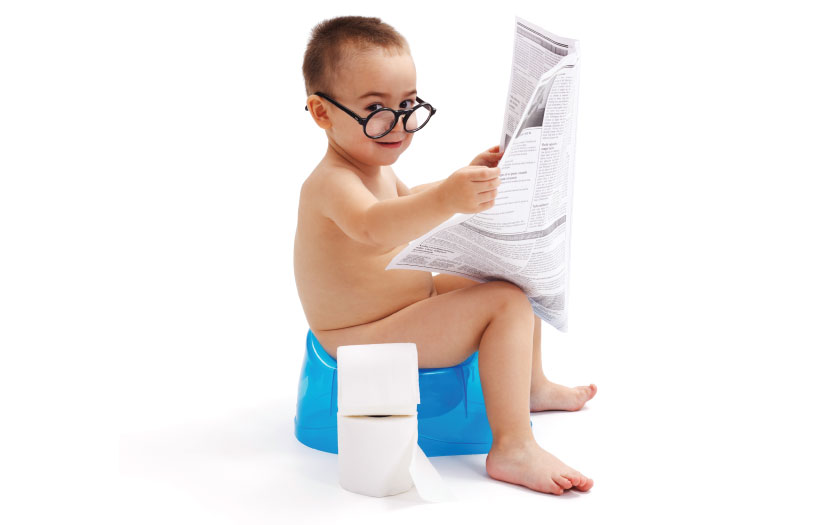With the understanding that competing with other moms on whose child will be potty trained first is out of the question, this article reveals some helpful solutions to the commonest issues when it comes to potty training your little one.
When the time comes for their child to be potty trained, parents usually go through a list of trial and errors to get it right. It’s hard to say if there is any ‘right’ or ‘wrong’ way to potty train a child, but for parents who don’t have a clue where to begin, or, if nothing they do seem to reap positive results, then the following tips should be of help.
Challenge: My child refuses to sit on the potty
Solution: If your child sat on the potty once and has refused to do so again since considering the possibility that it could have been an uncomfortable experience for him. It’s important that when sitting on a potty, a child feels secure and stable. Experts find that using a child-size potty is always a good idea when potty training. If you are, however, using the regular toilet, place a training seat on top of it, and a stool for his feet too. His feet should not be dangling around. Instead, they should be firmly grounded. Remember too, that when a child sits with his feet dangling, not only will he feel insecure and uncomfortable, but he may also have problems in trying to control the muscles used for eliminating feces, or voiding muscles.
Challenge: My child seems to fear the potty
Solution: Children have the right to feel fear, and if your child seems to fear sitting on the potty, try taking a break from it and trying again in a few weeks time. There has never been any good in forcing a child to do something, no matter how much you think it will benefit him. Would you like to be forced into doing something new and unknown? Consider the fact that your child is simply not ready to take this big step. Using force with something delicate such as potty training may only serve to make things worse. Your child might end up withholding his stools or urine, risking undesirable outcomes such as constipation or urinary tract infection. While waiting to try again, read books to him (with bright, colorful illustrations) about potty training to get him interested, and to mentally prepare him with the idea of doing his business on the potty.
Challenge: To schedule or not to schedule potty times?
Solution: No two children are alike. While child-initiated potty times work for some children, the rest may benefit more from a sense of regularity when it comes to potty training, with some level of prompting from parents. Regularly scheduled potty sessions, such as immediately after waking, after meals, and before bedtime, seem to work well for many children. This is because when something is part of a routine long enough, little ones will learn how to adapt and go with the flow without much fuss. It can also be a way to prevent incidents such as urinary tract infections caused by withholding urine for long periods of time.
Challenge: My child will urinate in the potty but he won’t poop in it
Solution: So, your child seems to be alright with urinating in the potty, but shy away from using it for pooping. Could it be that you might be misjudging the situation? Think about it for a moment: when was the last time you dreaded poop and why? Experts actually have a term for this, and it’s called “stool toileting refusal,” and according to research, it may be due to a child experiencing uncomfortable or even painful bowel movements caused by constipation. If stool toilet refusal is what you are contending with, perhaps it’s time to take a closer look at his dietary intake. It could be the wrong foods, lack of fibre, inadequate fluid intake, etc. If the uncomfortable passing of stools is remedied, there is a good chance that your child will use the potty without much resistance. If the problem persists, however, talk to your pediatrician.



